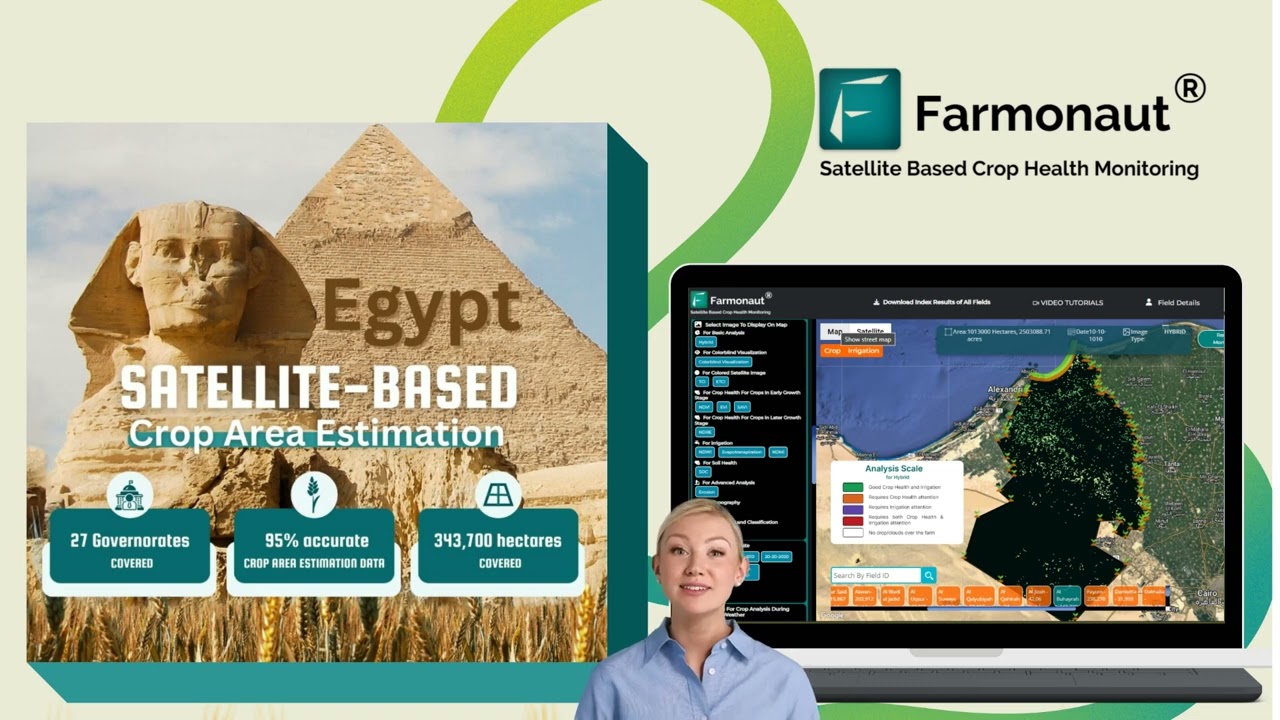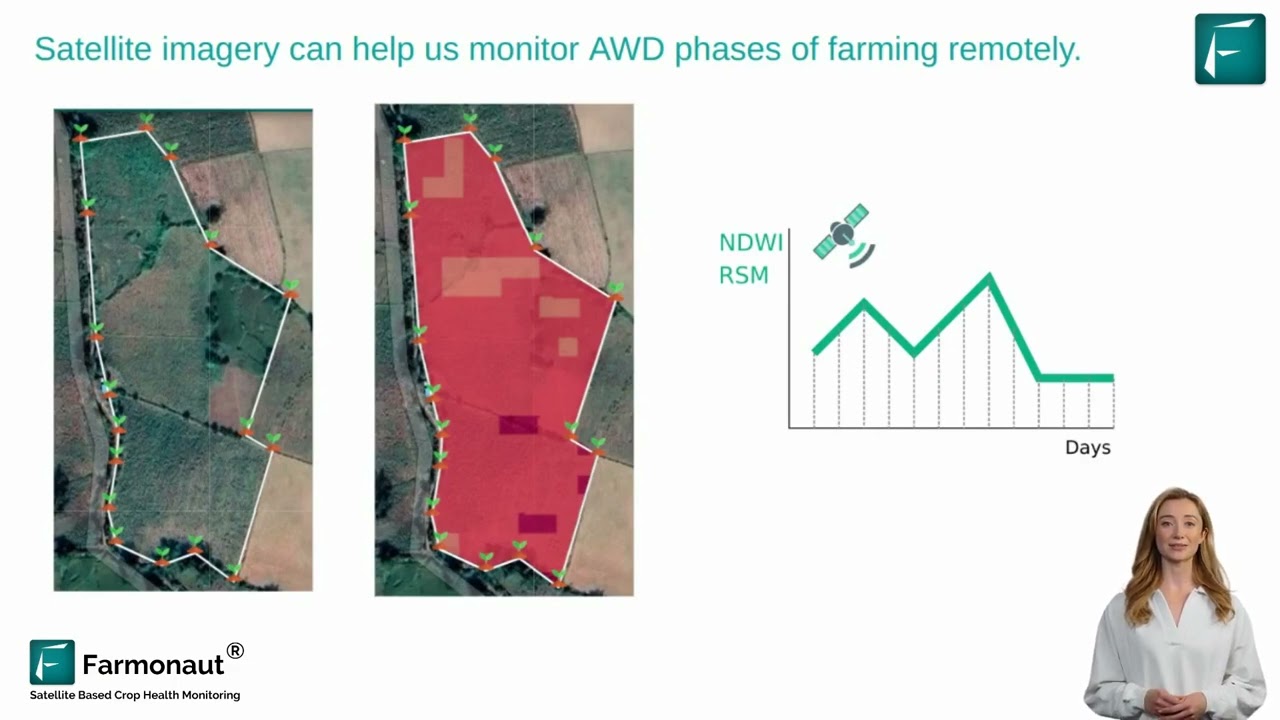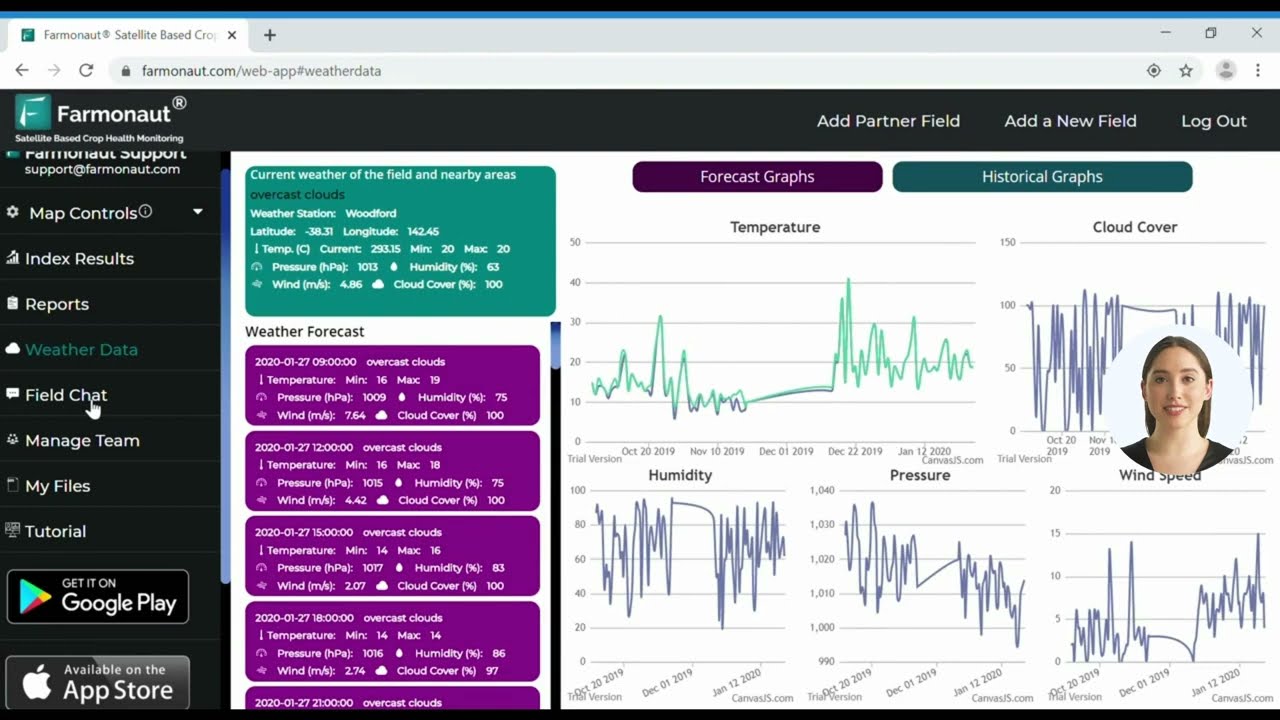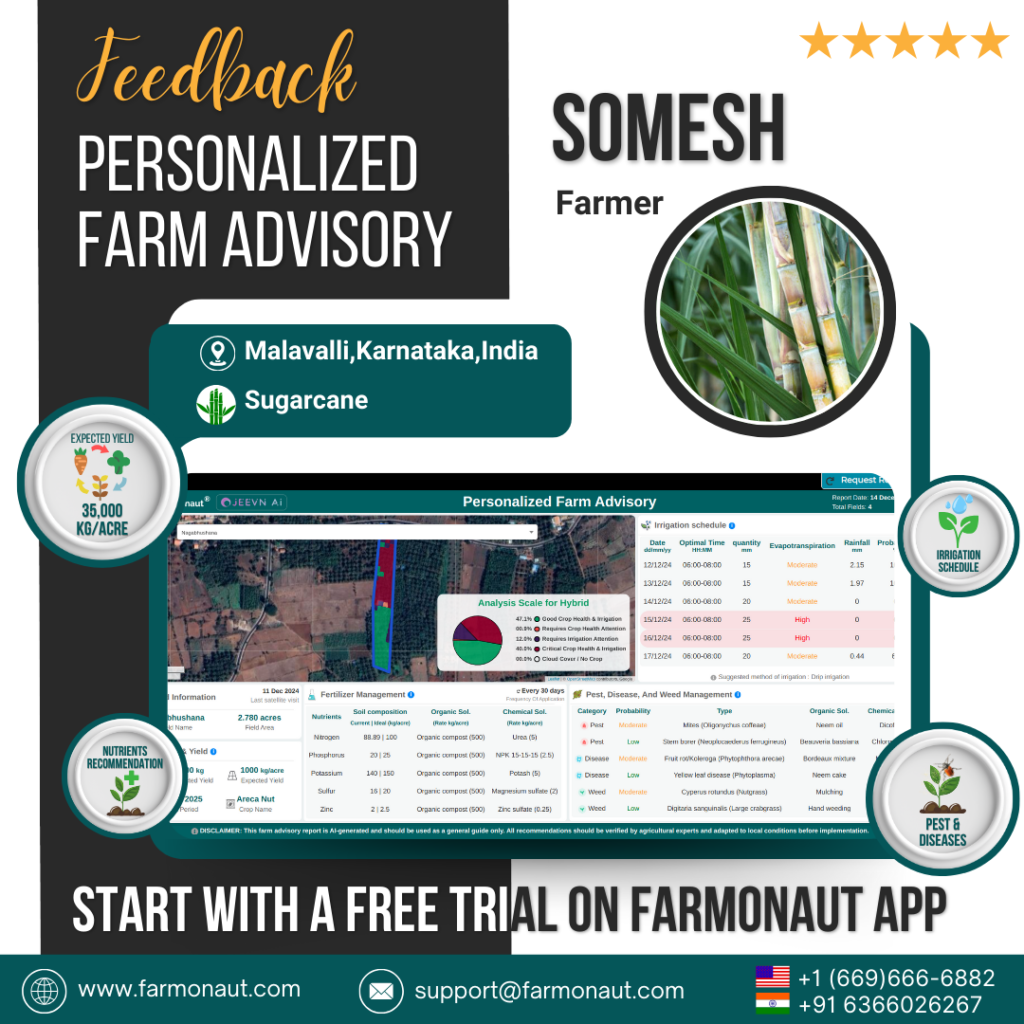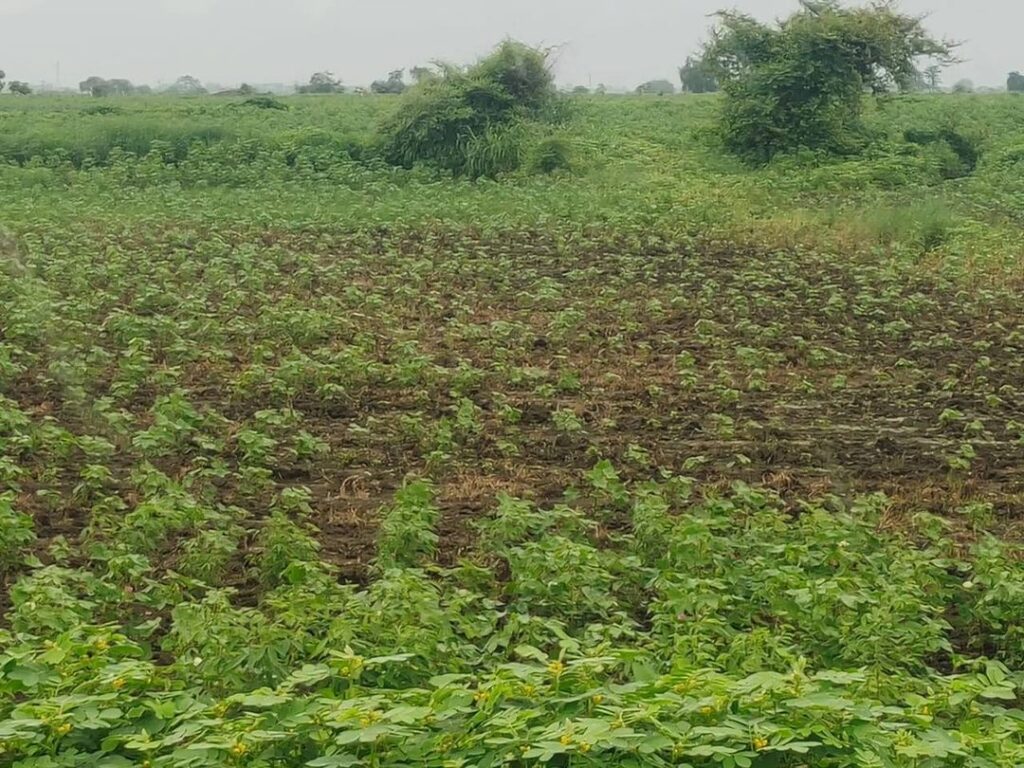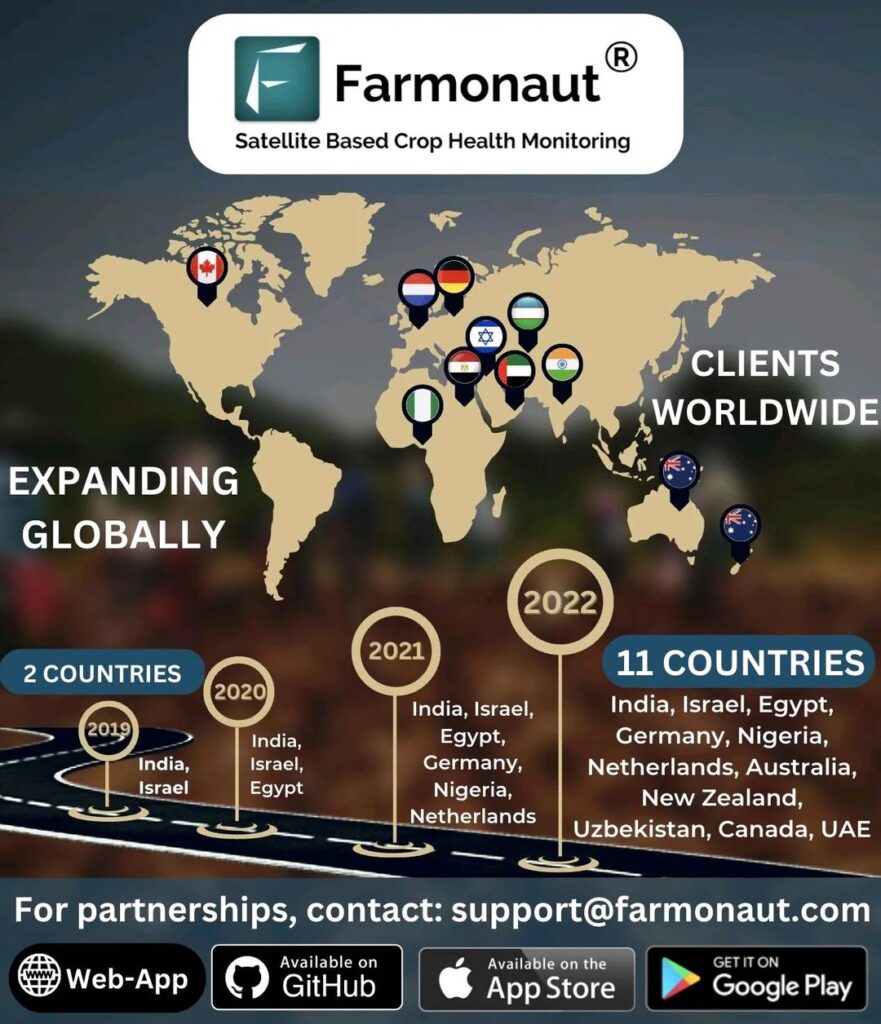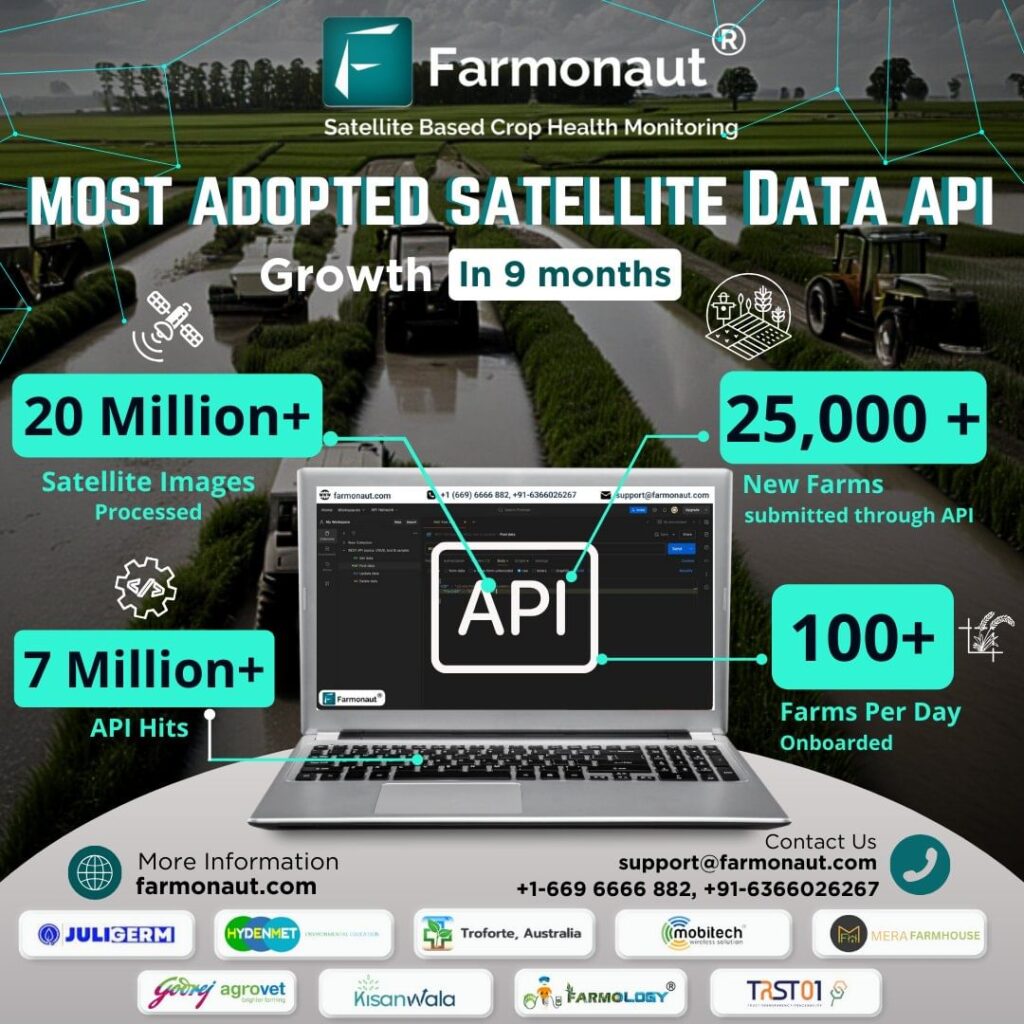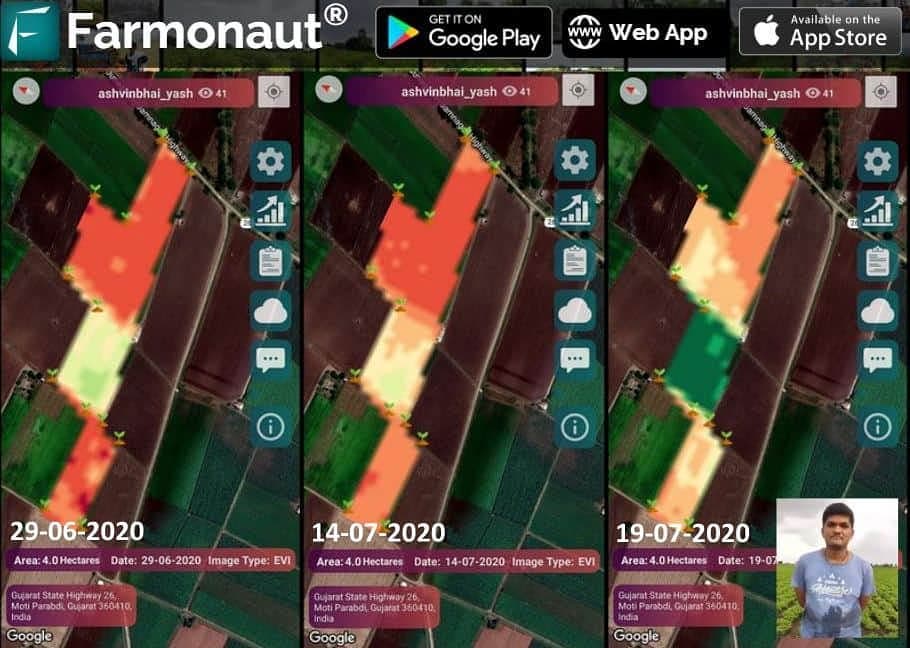Revolutionizing Agriculture: How a Collaborative Calf-Rearing Venture Boosts Farm Efficiency and Profits
“Collaborative calf-rearing ventures target impressive weaning weights of 85kg at eight weeks and 155kg at 16 weeks.”
In the ever-evolving world of agriculture, innovation is the key to success. Today, we’re excited to explore a groundbreaking approach that’s transforming the landscape of dairy farming and livestock management. Our focus is on a collaborative calf-rearing venture that’s not just changing the game but revolutionizing it entirely. This innovative model showcases how strategic partnerships and cutting-edge technology can dramatically boost farm efficiency and profitability.
The Dawn of a New Era in Calf Management
The agricultural sector has long been ripe for innovation, and this collaborative calf-rearing venture is a prime example of how forward-thinking farmers are adapting to meet modern challenges. By pooling resources, sharing knowledge, and implementing state-of-the-art agritech solutions, these farmers are achieving remarkable results that were once thought impossible.

At the heart of this venture is a profit-sharing agreement that aligns the interests of all parties involved. This innovative approach to agriculture not only optimizes farm labor usage but also significantly enhances animal welfare. The result? A win-win situation for farmers, livestock, and consumers alike.
Cutting-Edge Agritech: The Backbone of Success
One of the key factors driving the success of this collaborative venture is the integration of advanced agritech solutions. Among these, the automated milk metering system stands out as a game-changer in calf management best practices.
- Precision Feeding: The automated system ensures each calf receives the exact amount of milk it needs, optimizing nutrition and growth.
- Real-Time Monitoring: Farmers can track feeding patterns and health indicators in real-time, allowing for prompt interventions when necessary.
- Data-Driven Decisions: The wealth of data collected enables farmers to make informed decisions about calf health, feed efficiency, and overall management strategies.
These technological advancements are not just improving efficiency; they’re revolutionizing the very foundations of calf management.
Impressive Growth Rates: Setting New Industry Standards
The results speak for themselves. This collaborative venture is achieving growth rates that are setting new benchmarks in the industry. With targeted weaning weights of 85kg at eight weeks and an impressive 155kg at 16 weeks, these calves are outperforming traditional rearing methods by a significant margin.
“Innovative profit-sharing agreements in agriculture optimize farm labor usage and enhance animal welfare through automated milk metering systems.”
These remarkable growth rates are not just numbers on a chart; they represent a fundamental shift in what’s possible in calf rearing. The implications for the dairy and beef industries are profound, promising increased productivity and profitability across the board.
The Power of Open Book Accounting and Data Sharing
Transparency is a cornerstone of this collaborative venture’s success. By embracing open book accounting and comprehensive data sharing, the partners have created an environment of trust and mutual benefit. This approach allows for:
- Collaborative Decision-Making: All partners have access to the same information, enabling more informed and collective decision-making.
- Continuous Improvement: By analyzing shared data, the team can identify areas for improvement and implement changes quickly.
- Fair Profit Distribution: The transparent financial model ensures that profits are distributed equitably among all partners.
This level of openness and collaboration is setting a new standard for agricultural partnerships, demonstrating the power of shared knowledge and collective effort.
Sustainable Farming Practices: A Holistic Approach
Sustainability is at the core of this collaborative venture. From implementing rigorous health protocols to optimizing feed management, every aspect of the operation is designed with long-term sustainability in mind.
- Health Protocols: Comprehensive health management programs ensure the well-being of the calves, reducing the need for antibiotics and other interventions.
- Efficient Feed Management: By leveraging data and technology, feed efficiency is maximized, reducing waste and environmental impact.
- Resource Optimization: Shared resources and labor lead to more efficient use of water, energy, and other inputs.
These sustainable practices not only benefit the environment but also contribute to the long-term profitability and resilience of the farming operation.
Leveraging Technology for Enhanced Farm Management
In today’s digital age, the role of technology in agriculture cannot be overstated. This collaborative venture harnesses the power of advanced farm management tools to streamline operations and boost productivity. One such tool that’s making waves in the industry is Farmonaut, a cutting-edge platform that offers satellite-based farm management solutions.

Farmonaut’s platform provides farmers with real-time insights into crop health, weather patterns, and resource management. While not directly involved in this specific calf-rearing venture, the principles of data-driven decision-making and technological integration that Farmonaut champions are very much in line with the innovative approach we’re discussing.
The Impact on Farm Labor and Efficiency
One of the most significant benefits of this collaborative venture is its impact on farm labor usage. By pooling resources and implementing automated systems, the partners have been able to optimize their workforce, leading to:
- Increased Productivity: Each worker can manage a larger number of calves more effectively.
- Improved Work-Life Balance: More efficient systems mean less time spent on routine tasks, allowing farmers more time for strategic planning and personal life.
- Enhanced Job Satisfaction: Workers are able to focus on more skilled tasks, leading to greater job satisfaction and retention.
This optimization of labor not only reduces costs but also creates a more sustainable and attractive work environment in the agricultural sector.
The Role of Data in Modern Agriculture
Data is the lifeblood of modern agriculture, and this collaborative venture is a testament to its power. By leveraging advanced data collection and analysis tools, the partners are able to:
- Predict and Prevent Health Issues: Early detection of potential health problems allows for proactive interventions.
- Optimize Feeding Strategies: Data-driven insights help in fine-tuning feeding regimens for maximum growth and efficiency.
- Track Performance Metrics: Continuous monitoring of key performance indicators enables ongoing optimization of the operation.
The integration of data analytics into everyday farming practices is transforming the industry, making it more precise, efficient, and profitable.
Explore Farmonaut’s API for Advanced Data Integration
A New Paradigm in Animal Welfare
Animal welfare is a top priority in this collaborative venture, and the results are clear. The combination of advanced technology, data-driven management, and collective expertise has led to significant improvements in calf health and well-being.
- Reduced Stress: Automated systems and optimized management practices minimize stress on the calves.
- Improved Nutrition: Precision feeding ensures each calf receives optimal nutrition for healthy growth.
- Early Intervention: Real-time monitoring allows for quick identification and treatment of any health issues.
These improvements in animal welfare not only benefit the calves but also contribute to the overall success and sustainability of the venture.
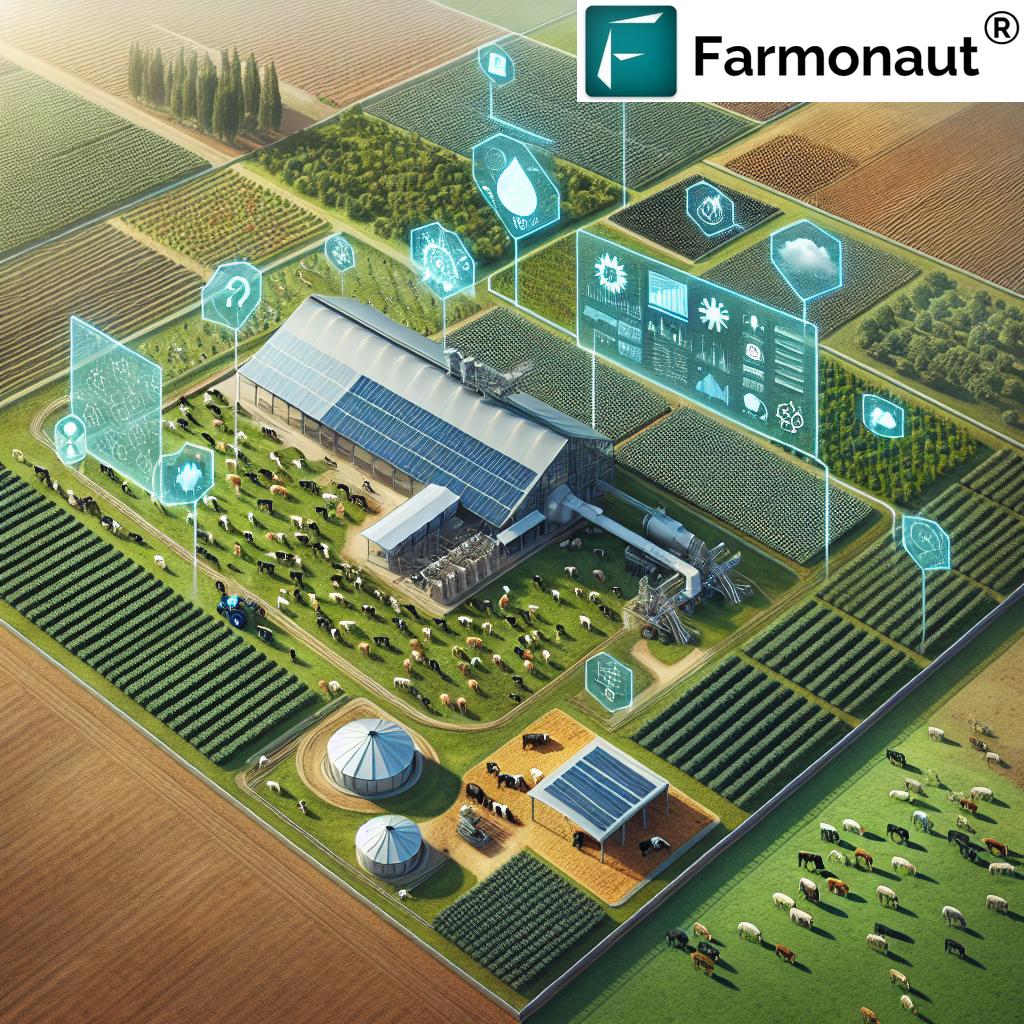
The Economics of Collaboration
The financial benefits of this collaborative approach are substantial. By sharing resources, spreading risk, and leveraging economies of scale, the partners are able to achieve:
- Reduced Operating Costs: Shared equipment and labor lead to significant cost savings.
- Increased Revenue: Higher growth rates and improved calf health translate to better market prices.
- Improved Cash Flow: The profit-sharing model provides more stable and predictable income for all partners.
This economic model not only boosts profitability but also creates a more resilient and sustainable farming operation.
Lessons for the Wider Agricultural Community
The success of this collaborative calf-rearing venture offers valuable lessons for farmers and agricultural businesses worldwide. Some key takeaways include:
- Embrace Innovation: Don’t be afraid to adopt new technologies and management practices.
- Collaborate for Success: Partnerships can lead to shared knowledge, resources, and risks.
- Prioritize Data: Make data collection and analysis a cornerstone of your farming operation.
- Focus on Sustainability: Long-term success depends on sustainable practices that benefit animals, farmers, and the environment.
By applying these principles, farmers can improve their operations, boost productivity, and increase profitability.
The Future of Collaborative Farming
As we look to the future, it’s clear that collaborative ventures like this will play an increasingly important role in agriculture. The combination of shared resources, advanced technology, and collective expertise offers a powerful model for addressing the challenges facing modern farming.
We can expect to see:
- More Diverse Partnerships: Collaboration extending beyond traditional farm boundaries to include technology providers, researchers, and other stakeholders.
- Increased Use of AI and Machine Learning: These technologies will further enhance predictive capabilities and decision-making in farm management.
- Greater Focus on Sustainability: Collaborative ventures will lead the way in developing and implementing sustainable farming practices.
The future of agriculture is collaborative, data-driven, and technologically advanced, and ventures like this are paving the way.
Explore Farmonaut’s API Developer Docs for Advanced Integration
Empowering Farmers with Mobile Technology
In today’s fast-paced agricultural world, having access to crucial farm data on the go is essential. Mobile applications are playing an increasingly important role in farm management, allowing farmers to monitor their operations from anywhere. While not directly related to the calf-rearing venture we’ve been discussing, it’s worth noting the mobile solutions available to modern farmers.
Android Users:

iOS Users:

These mobile applications, like those offered by Farmonaut, provide farmers with real-time access to crucial data, enabling them to make informed decisions quickly and efficiently.
Performance Metrics: A Closer Look
To truly appreciate the impact of this collaborative calf-rearing venture, let’s examine some key performance metrics. The following table compares estimated performance indicators between traditional farming methods and the collaborative venture:
| KPI | Traditional Farm (estimated) | Collaborative Venture (estimated) | Improvement (%) |
|---|---|---|---|
| Weaning Weight at 8 Weeks (kg) | 70 | 85 | 21.4% |
| Weight at 16 Weeks (kg) | 130 | 155 | 19.2% |
| Labor Hours per Calf | 20 | 15 | 25% reduction |
| Feed Conversion Ratio | 1.8 | 1.5 | 16.7% improvement |
| Mortality Rate (%) | 5 | 2 | 60% reduction |
| Annual Profit per Calf ($) | 200 | 300 | 50% increase |
These estimated figures clearly demonstrate the significant improvements achieved through the collaborative venture across various critical performance indicators.
Conclusion: A Blueprint for Agricultural Innovation
The collaborative calf-rearing venture we’ve explored today represents more than just a successful farming operation; it’s a blueprint for the future of agriculture. By combining innovative profit-sharing agreements, cutting-edge technology, and a commitment to sustainability, this venture demonstrates how farmers can overcome traditional challenges and achieve unprecedented levels of efficiency and profitability.
Key takeaways from this revolutionary approach include:
- The power of collaboration in optimizing resources and sharing knowledge
- The crucial role of technology in modern farm management
- The importance of data-driven decision-making in agriculture
- The potential for significant improvements in animal welfare through innovative practices
- The economic benefits of sustainable and efficient farming methods
As we move forward, it’s clear that the principles demonstrated by this venture will play a crucial role in shaping the future of agriculture. By embracing collaboration, technology, and sustainability, farmers worldwide can revolutionize their operations, boost efficiency, and secure a more prosperous future for themselves and the global food supply.
FAQ Section
Q: What are the main benefits of a collaborative calf-rearing venture?
A: The main benefits include optimized resource usage, improved animal welfare, increased efficiency through shared knowledge and technology, and enhanced profitability through economies of scale.
Q: How does automated milk metering improve calf management?
A: Automated milk metering ensures precise feeding, allows real-time monitoring of calf health and nutrition, and enables data-driven decision-making for optimal growth and development.
Q: What role does data play in the success of this venture?
A: Data is crucial for making informed decisions, optimizing feeding strategies, predicting and preventing health issues, and continuously improving overall farm management practices.
Q: How does this collaborative approach impact farm labor?
A: The collaborative approach optimizes labor usage by sharing resources, implementing automated systems, and allowing workers to focus on more skilled tasks, leading to increased productivity and job satisfaction.
Q: Can small-scale farmers benefit from this model?
A: Yes, small-scale farmers can benefit by forming partnerships, sharing resources and knowledge, and implementing scalable technologies to improve their operations and profitability.
Explore Farmonaut’s Subscription Options
While Farmonaut is not directly involved in calf-rearing ventures, its satellite-based farm management solutions can be valuable for various agricultural operations. Explore their subscription options to see how their technology can benefit your farming practices:
By leveraging advanced technologies and collaborative approaches, farmers can revolutionize their operations and achieve new levels of success in the ever-evolving world of agriculture.


